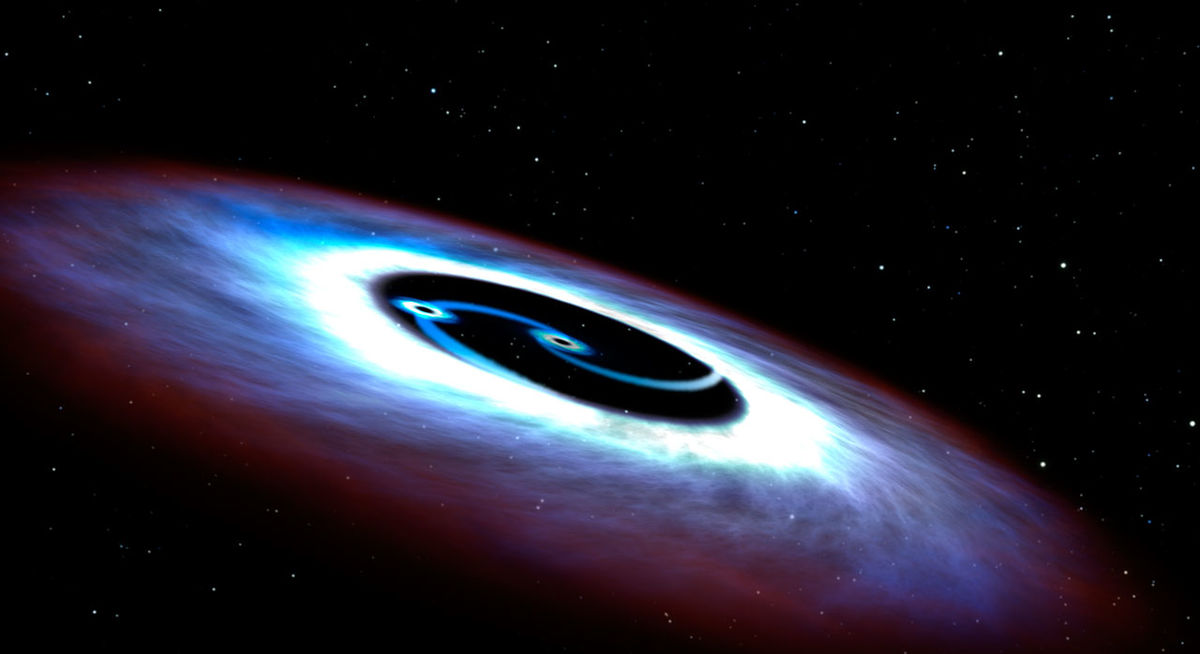
NASA has released an audio of the sound emitted from a black hole at the center of the Perseus galaxy cluster more than 200 million light-years away from Earth.
Perseus is known to be an 11 million-light-year-wide bundle of hundreds of galaxies shrouded by hot gas.
In 2003, astronomers discovered that the pressure waves sent out by the black hole at the center of Perseus caused ripples in the hot gas surrounding it that could be translated into a sound note. However, this was not audible to the human ear.
NASA translated data into the sound of the black hole
The actual sound waves were discovered in data from NASA’s Chandra X-ray Observatory. Now, NASA has translated this astronomical data into sound using a process called sonification.
Scientists have released the eerie, Hans Zimmer-like audio captured from a black hole at the centre of the Perseus galaxy cluster 🔭🌌
Read more: https://t.co/wCsDHN5sTR pic.twitter.com/nEsOZlUnYi
— Sky News (@SkyNews) May 6, 2022
NASA said it was a “popular misconception that there is no sound in space” based on the fact that, as most of space is a vacuum, there is no medium for sound waves to propagate through.
Galaxy clusters have “copious amounts of gas that envelop the hundreds or even thousands of galaxies… providing a medium for the sound waves to travel”, the agency explained.
NASA explained that the soundwaves were resynthesized into human hearing range by “scaling them upward by 57 and 58 octaves above their true pitch” but were not replayed using violins or other instruments.
Black holes are the most fascinating objects in space
The Perseus cluster of galaxies is one of the most massive objects in the known universe, containing thousands of galaxies immersed in a vast cloud of multimillion-degree gas. It is the brightest cluster in the sky when observed in the X-ray band.
Black holes are some of the strangest and most fascinating objects in space. They’re extremely dense with such strong gravitational attraction that not even light can escape their grasp.
The Milky Way could contain over 100 million black holes, though detecting these gluttonous beasts is very difficult. At the heart of the Milky Way lies a supermassive black hole—Sagitarrius A*. The colossal structure is about 4 million times the mass of the sun and lies approximately 26,000 light-years away from Earth, according to a statement from NASA.
The first image of a black hole was captured in 2019 by the Event Horizon Telescope (EHT) collaboration. The striking photo of the black hole at the center of the M87 galaxy 55 million light-years from Earth thrilled scientists around the world.
See all the latest news from Greece and the world at Greekreporter.com. Contact our newsroom to report an update or send your story, photos and videos. Follow GR on Google News and subscribe here to our daily email!



